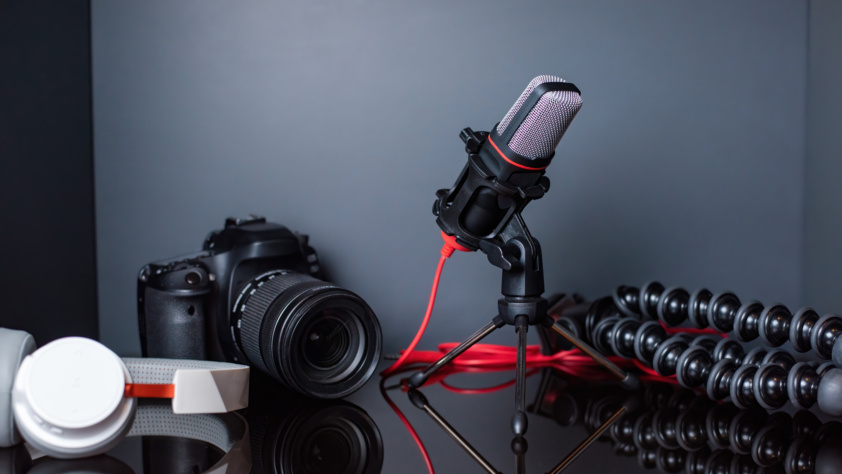In today’s highly competitive manufacturing industry, businesses are constantly looking for innovative ways to engage potential clients, build trust, and drive leads. One such innovative approach involved using virtual factory tours as a tool to enhance customer engagement and accelerate lead generation. This case study highlights how a manufacturing company leveraged virtual reality (VR) technology to create an immersive factory tour experience, which ultimately helped double its global leads.
The Challenge
The manufacturer in question, a leading supplier of precision industrial equipment, had been facing difficulties in effectively showcasing its complex production processes to potential clients. With a global customer base, it was challenging to offer personalized, in-depth factory tours to every prospective lead. Additionally, traditional methods of communication, such as brochures and video presentations, were proving to be insufficient in conveying the company’s technical expertise and state-of-the-art production capabilities.
The company’s marketing team realized that potential clients needed to see firsthand how their products were made and the level of quality control involved. However, organizing physical factory tours for clients from all over the world was not only time-consuming but also logistically expensive. They needed a way to offer a comprehensive, engaging, and scalable solution that would appeal to their global audience.
The Solution: A Virtual Factory Tour
The company decided to invest in a virtual factory tour, using 360-degree video technology and interactive VR tools to create an immersive experience that could be accessed by potential clients anywhere in the world.
Key Features of the Virtual Factory Tour:
-
360-Degree Video: The tour captured every key area of the factory, from assembly lines to testing laboratories, in high-resolution, allowing potential clients to feel as though they were physically present in the factory.
-
Interactive Navigation: Clients could move freely through the virtual space, interacting with clickable hotspots to learn more about specific machines, processes, or certifications.
-
Detailed Product Demonstrations: The tour included detailed demonstrations of the manufacturing process, showcasing product quality and technical expertise.
-
Real-Time Support: Virtual assistants were available to answer any questions in real time, mimicking the personal attention that a physical tour would provide.
-
Multi-Language Options: To cater to the global audience, the virtual tour offered multiple language options, making it accessible to international clients.
By offering a virtual experience that was both informative and immersive, the manufacturer aimed to bridge the gap between their expertise and their clients’ understanding of the production process.
The Results: Doubling Global Leads
After launching the virtual factory tour, the manufacturer saw significant improvements in several key areas:
-
Lead Generation: The virtual tour was featured prominently on the company’s website, email campaigns, and social media platforms. As a result, global website traffic surged, with a 45% increase in visitor engagement. Clients from diverse regions, who had previously shown little interest in exploring the company’s manufacturing capabilities, were now taking virtual tours and engaging more deeply with the brand.
-
Enhanced Lead Quality: Prospects who engaged with the virtual factory tour were more informed and qualified when they reached out to sales teams. As potential clients had already gained a comprehensive understanding of the company’s production processes, sales representatives could focus on addressing specific concerns and converting leads more effectively.
-
Global Reach: The virtual tour allowed the company to transcend geographical limitations. Clients from North America, Europe, Asia, and beyond were able to experience the factory firsthand without needing to travel. This eliminated travel barriers, making it easier for international clients to engage with the company.
-
Doubling of Leads: Within six months of launching the virtual factory tour, the company experienced a remarkable 100% increase in global leads. The number of inquiries from high-potential clients grew exponentially, and the marketing team noted an increase in requests for product demos and quotes following the virtual tours.
-
Improved Brand Perception: Clients were impressed by the company’s forward-thinking approach to marketing and technology. The virtual tour positioned the company as an innovative leader in its industry, fostering greater trust and improving its reputation among clients and partners.
Why It Worked
Several factors contributed to the success of the virtual factory tour:
-
Engagement and Immersion: The 360-degree video and interactive nature of the tour allowed potential clients to engage with the content in a way that static brochures or traditional videos couldn’t. Clients felt involved in the experience, which helped build a deeper connection with the brand.
-
Convenience and Accessibility: The ability to access the tour from anywhere in the world, at any time, made it incredibly convenient for international clients. The multi-language feature also made it accessible to a wider global audience.
-
Personalization: The tour allowed for a personalized experience where clients could choose what to explore and learn more about based on their specific interests. This self-guided experience empowered clients to make decisions on their own terms.
-
Cost-Effectiveness: Virtual tours eliminated the need for costly in-person visits, and the company was able to reach a global audience without the associated travel expenses. Additionally, the content could be reused in multiple marketing campaigns, providing long-term value.
Conclusion
The case study demonstrates how a virtual factory tour can be a game-changer for manufacturers looking to enhance customer engagement and drive global leads. By embracing cutting-edge technology such as 360-degree video and virtual reality, the manufacturer not only showcased their facilities in an immersive and engaging way but also significantly boosted their lead generation efforts.
For manufacturers and businesses in similar industries, investing in virtual experiences like this one can be an incredibly effective strategy for staying competitive and meeting the demands of a digital-first world. As the success of this campaign proves, immersive technologies are no longer just a novelty—they are a must-have tool for global marketing and business growth.



